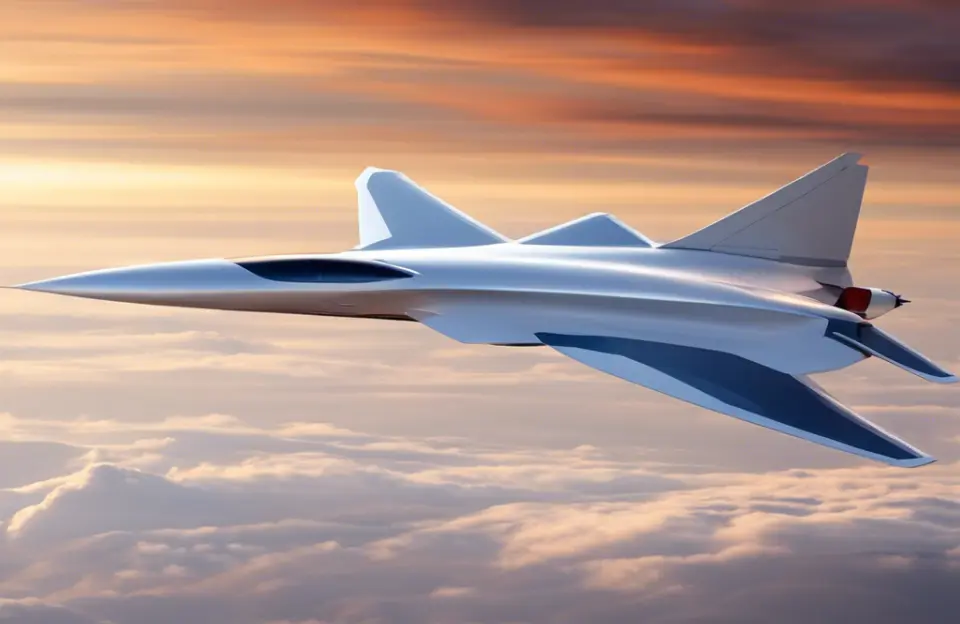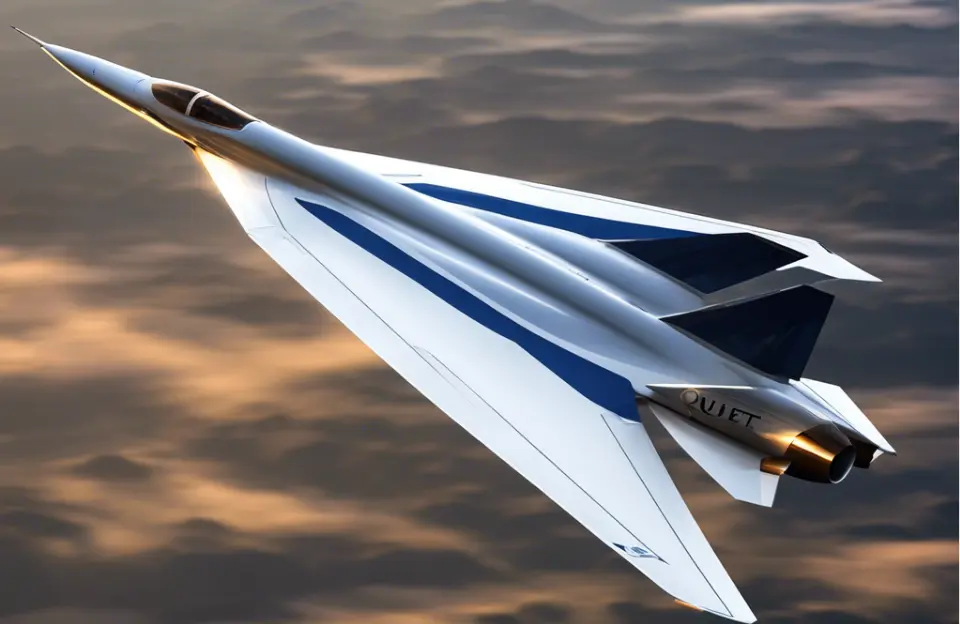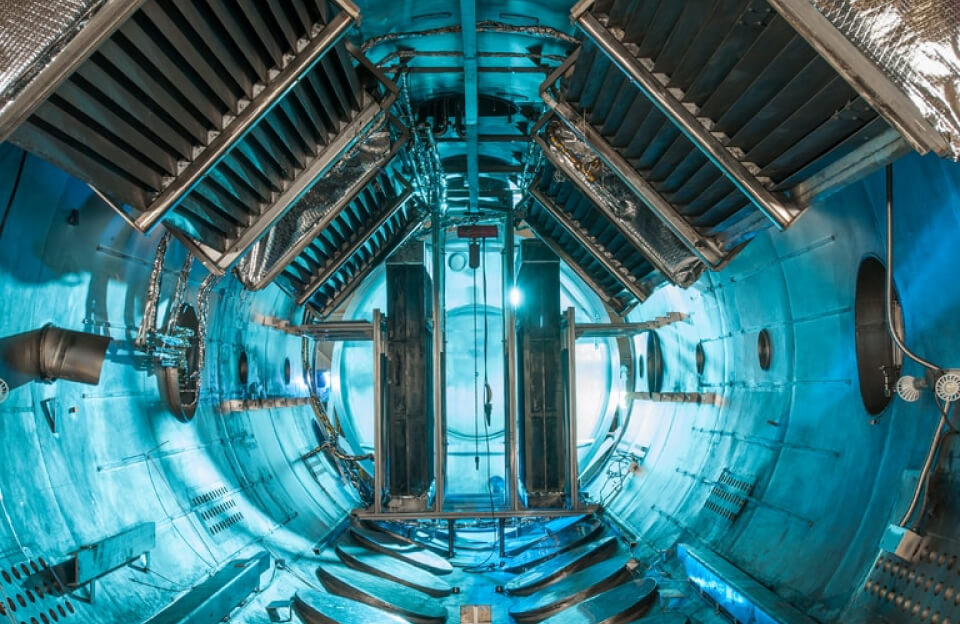Supersonic travel has fascinated the world for decades. However, one major drawback has been the loud sonic booms generated by aircraft flying faster than the speed of sound. With advancements in quiet supersonic technology, we are now closer to revolutionizing air travel, making supersonic flights quieter and more efficient. But how exactly does quiet supersonic technology work? Let’s dive into the details.
What is Quiet Supersonic Technology?
Quiet supersonic technology is an advanced form of supersonic flight that reduces or eliminates the loud sonic booms typically associated with breaking the sound barrier. These booms are caused by shockwaves created as the aircraft travels at speeds faster than sound, often disturbing people on the ground below. By minimizing these shockwaves, quiet supersonic aircraft can significantly reduce noise pollution.
This technology is designed to make supersonic travel more environmentally friendly and commercially viable, especially for overland routes, where sonic booms were previously a limiting factor.

How Does Quiet Supersonic Technology Work?
The core of quiet supersonic technology lies in its innovative design and engineering. Here are the main components that make this possible:
1. Aircraft Design
The shape of the aircraft plays a crucial role in controlling the formation of shockwaves. Low-boom aircraft designs feature elongated and streamlined shapes that disperse shockwaves in a way that reduces the intensity of the sonic boom. By manipulating how air flows around the aircraft, designers can soften the shockwave’s impact, resulting in a quieter flight.
2. Low-Boom Aerodynamics
Low-boom aerodynamics focuses on controlling the way air is compressed in front of the aircraft. Instead of producing one large sonic boom, the shockwaves are spread out over a longer period, resulting in a softer, more muted sound—often referred to as a “sonic thump.” This reduces noise levels significantly compared to traditional supersonic aircraft.
3. Noise Mitigation Systems
In addition to the design of the aircraft, noise reduction technologies are applied to the engines and other critical systems. Advanced noise-dampening materials and engine designs help further suppress the sound produced during flight, ensuring that the aircraft remains quiet even when flying at supersonic speeds.
The Role of NASA and Other Innovators
Organizations like NASA are at the forefront of developing quiet supersonic technology. NASA’s X-59 QueSST (Quiet Supersonic Technology) is a leading project aimed at demonstrating the feasibility of low-boom supersonic flight. The X-59’s unique design focuses on reducing the intensity of sonic booms, making it possible for supersonic jets to fly over land without disturbing communities below.
Companies like Lockheed Martin and Boom Supersonic are also working on prototypes and test flights, aiming to bring this technology to commercial aviation. These collaborations between aerospace engineers and government agencies are critical for the future of quiet supersonic travel.

Benefits of Quiet Supersonic Travel
1. Environmental Impact
One of the primary advantages of quiet supersonic technology is the reduction of noise pollution. Unlike traditional supersonic jets, which cause disruptive sonic booms, quiet supersonic planes are designed to minimize these disturbances, especially when flying over populated areas.
2. Reduced Flight Times
Supersonic flights can cut travel times by more than half. For instance, a flight from New York to London could take just 3-4 hours compared to the usual 7-8 hours. Quiet supersonic technology makes these faster flights more practical, paving the way for quicker international travel.
3. Commercial Aviation
This technology could revolutionize commercial aviation by allowing supersonic jets to operate on overland routes. The key limitation for past supersonic flights was that they could only operate over oceans due to noise regulations. Quiet supersonic aircraft can address this, potentially bringing back supersonic passenger travel.
Challenges and Future Prospects
While quiet supersonic technology is promising, it still faces several challenges:
- Regulatory Approval: Governments and aviation authorities need to revise current regulations that restrict supersonic flights over land. The approval process will depend heavily on noise levels demonstrated by new aircraft.
- Technological Hurdles: Engineers are still refining materials and designs to make quiet supersonic jets commercially viable. Ensuring that these jets are both quiet and fuel-efficient is essential for widespread adoption.
- Cost: Developing and manufacturing quiet supersonic aircraft is expensive. For this technology to succeed commercially, costs need to be reduced, and tickets must be priced reasonably for consumers.
However, with ongoing advancements and significant investment from governments and private companies, the future of quiet supersonic travel looks bright. We could see supersonic commercial flights return within the next decade.
Real-World Applications and Case Studies
The NASA X-59 project is a perfect example of quiet supersonic technology in action. This prototype is designed to fly at supersonic speeds while producing minimal noise. Test flights are already underway, and the results are promising.
Other companies like Boom Supersonic are also working on quiet supersonic jets, with plans to launch commercial flights by the mid-2020s. These developments signal that quiet supersonic travel is no longer just a concept but an emerging reality.
Conclusion
Quiet supersonic technology is set to transform air travel by making supersonic speeds accessible without the disruptive noise of traditional supersonic jets. With innovations in aircraft design, low-boom aerodynamics, and noise mitigation systems, this technology is closer than ever to commercial use. As companies like NASA and Boom Supersonic continue their pioneering efforts, we could soon see a future where supersonic flights become a common, quiet, and sustainable mode of travel.
FAQs
1. How does quiet supersonic technology work?
Quiet supersonic technology works by reducing the intensity of sonic booms using advanced aircraft designs and low-boom aerodynamics. This helps make supersonic flights quieter and more suitable for commercial use.
2. When will quiet supersonic planes be available for commercial flights?
Some companies aim to launch commercial supersonic flights by the mid-2020s. However, regulatory and technological hurdles must be addressed before widespread adoption.
3. Who is leading the development of quiet supersonic aircraft?
NASA, Lockheed Martin, and Boom Supersonic are among the key players in the development of quiet supersonic technology.
4. What is the difference between supersonic and subsonic flight?
Supersonic flight refers to speeds faster than the speed of sound (Mach 1), while subsonic flight is slower than the speed of sound.


